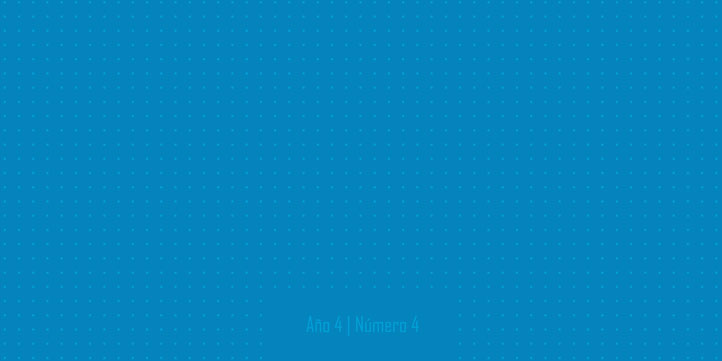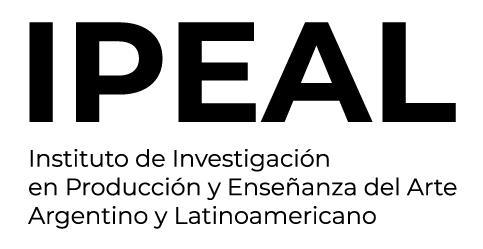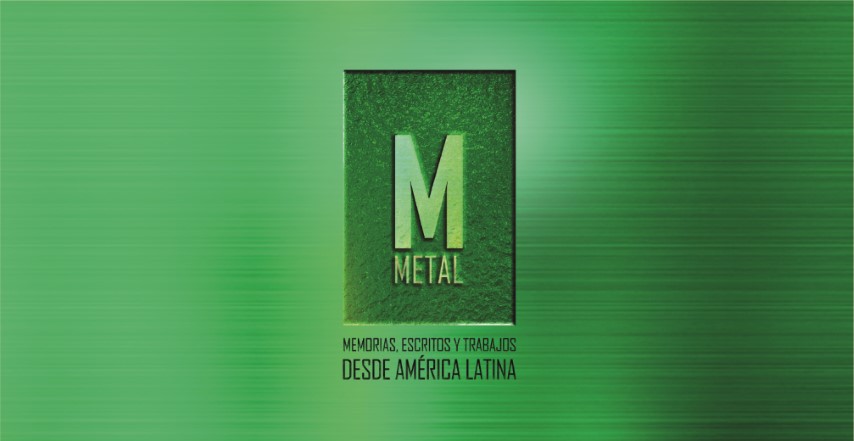Picture of Time. The Work of Plossu and Iasparra
DOI:
https://doi.org/10.24215/24516643e003Keywords:
Photography, time, space, Fresson processAbstract
This paper develops around the representationand construction of time in the photographicimage. We propose two axes of analysis(technical and spatial) to visit the collectionof pictures, composed by El Jardín de Bernard,by Bernard Plossu, and Paisajes, by IgnacioIasparra. The problem proposed by this papershould be seen as the potential of Time inthese pictures for resisting the hegemonicphotographic language, governed by apresent, instantaneous image, in closedialogue with contemporary global time andthe capitalist system.References
Agamben, G. (2014). ¿Qué es un dispositivo? Buenos Aires, Argentina: Adriana Hidalgo.
Deleuze, G. (2012). La Imagen Tiempo. Buenos Aires, Argentina: Paidós.
Dubois, P. (2008). El acto fotográfico y otros ensayos. Buenos Aires, Argentina: La marca editora.
Facio, S. (2003). Encuadre y foco. Buenos Aires, Argentina: La azotea.
Iasparra, I. (1999-2002). Paisajes [Serie fotográfica]. Recuperado de http://www.nachoiasparra.com.ar/index.php?galeria=1
Plossu, B. (2011). El jardín de Bernard. Revista Dulce Equis Negra, 7(12), 5-43.
Sontag, S. (1980). Sobre la fotografía. Buenos Aires, Argentina: Sudamericana.
Sugimoto, H. (1998). Sugimoto (Fundación la Caixa). Lisboa y Madrid: Fundación La Caixa.
Peirce, CS. (1984). ¿Qué es un signo? En Collected Papers. Cambridge, Estados Unidos: Harvard University Press.
Tarkovski, A. (2002). Esculpir en el tiempo. Reflexiones sobre el arte, la estética y la poética del cine. Madrid, España: Rialp S.A.
Downloads
Published
How to Cite
Issue
Section
License
The acceptance of the manuscript by the magazine means the non-exclusive cession of the property rights of the authors in favour of the editor, who allows the reuse, after publication (post print), under a license Attribution-NonCommercial-NoDerivatives 4.0 International.
According to these terms, the material can be copied and redistributed by any means or in any format as long as a) the author and original source of the publication are quoted (magazine and URL of the work), access to the license is provided and whether changes have been made is mentioned; and b) the material is not used for commercial purposes.
The cession of non-exclusive rights means that after the publication (post print) in Metal the authors can publish their work in any language, means and format; in such cases it must be mentioned that the material was originally published in this magazine. Such cession also means the authorization of the authors for the work to be collected by SEDICI, the institutional archive of the Universidad Nacional de La Plata, and to be spread in the databases that the editorial team considers appropriate to increase the visibility of the publication and its authors.
Moreover, the magazine encourages the authors to deposit their productions in other institutional and thematic archives under the principle that offering the society the scientific and academic production without any restrictions contributes to a greater exchange of the global knowledge.



























